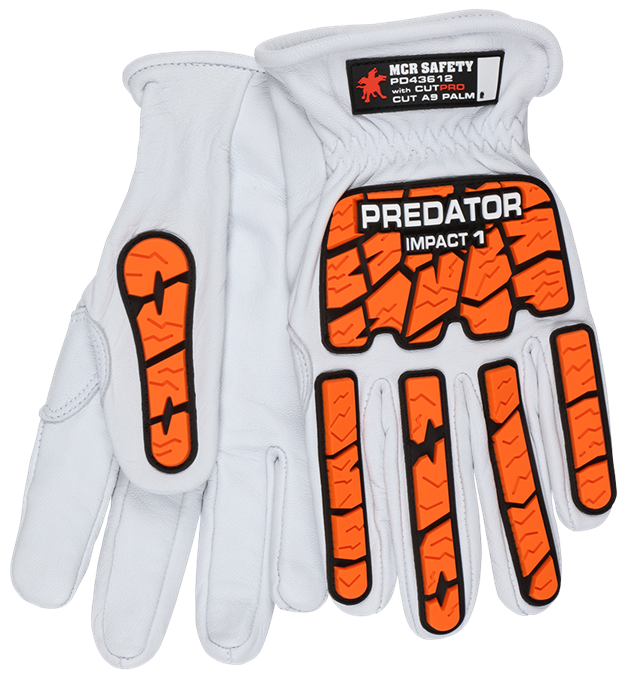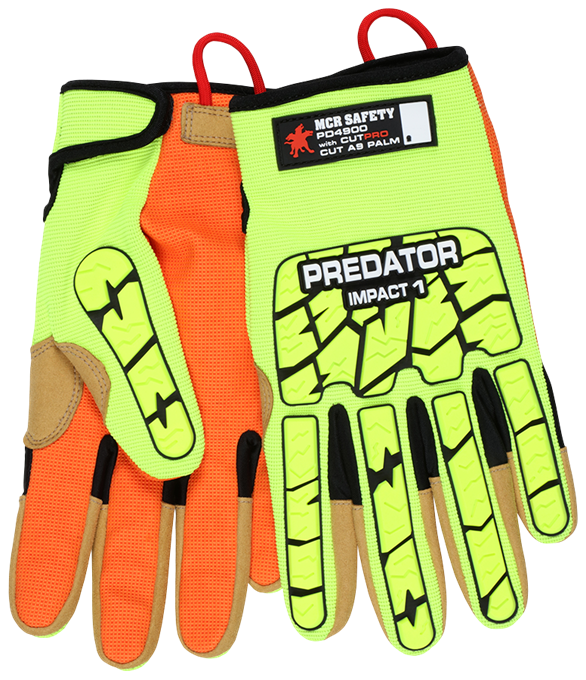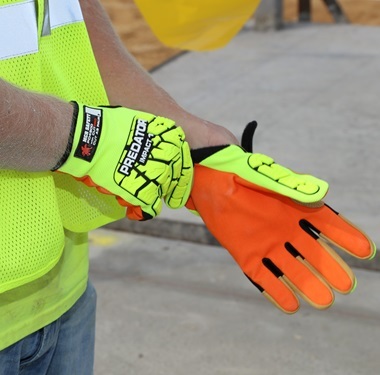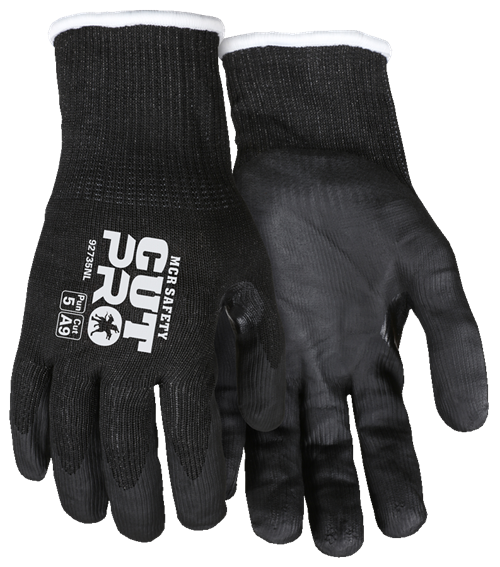Our Best Cut Resistant Gloves: ANSI A9 Level
Posted by Anthony Webb on Oct 28th 2024
For those who find work in dangerous occupations, where cut and puncture injuries are likely to occur, finding the right personal protective equipment (PPE) is highly essential. Users will often want to know the best cut-resistant gloves to keep their hands protected at work. Answering this question is a challenge, as MCR Safety offers a wide range of different work gloves. However, with cut-resistant gloves, ANSI scores help determine which gloves provide the best cut protection.
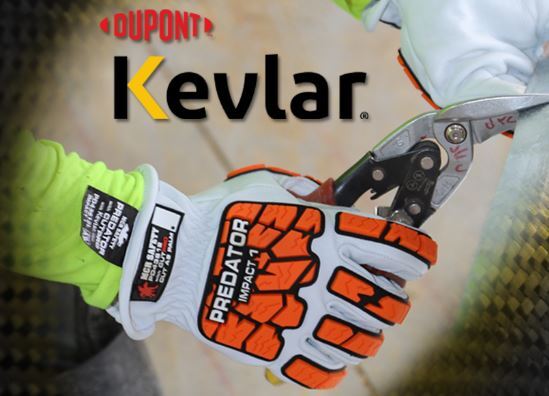
We've got two brand new A9 cut-resistant gloves highlighted below.
As we highlight in our article on cut-resistant glove levels, the material in A9 gloves withstands over 6000+ gram weight from a sharp blade penetrating the glove's material. Whether you're a user or safety manager searching for the best cut gloves, ANSI A9 cut gloves are the highest rated options available. Safety managers often want to know they've done all they can do to ensure workers are protected. With A9 level cut gloves, managers have to look no further.
In this article, we will highlight two of our brand new advancements in A9 cut protection, along with all the other options within our A9 collection of products. We will also highlight the industries and occupations where these products are needed.
New A9 Cut-Resistant Gloves

Our latest innovative cut-resistant gloves are engineered with a Dupont™ Kevlar® palm lining for extreme cut protection. We breakdown each glove over the next two sections.
A9 Leather Drivers Work Gloves
- PD43612 - is an A9 leather drivers work glove made of premium white goatskin leather. On the back of the hand, we have added patented tire tread TPR (ThermoPlastic Rubber) for extreme protection, providing ANSI Impact Level 1 protection. Are you looking for the best cut-resistant and impact resistant gloves? Look no further!
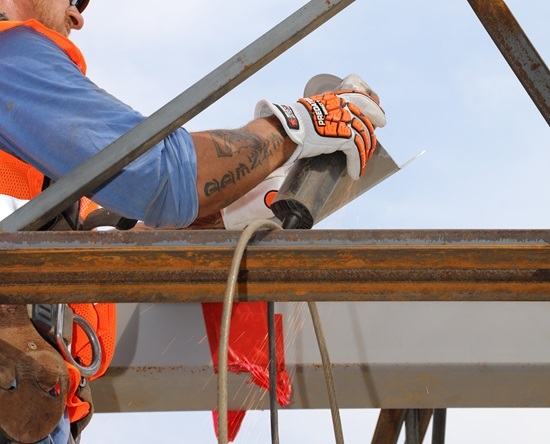
Core Features
- Highest cut-resistant score possible, achieving ANSI A9 cut level
- Engineered Dupont™ Kevlar® palm lining for extreme cut protection
- Patented Predator tire tread TPR on back of the hand
- ANSI level 1 impact resistant back
- White goatskin leather driver with fourchettes
- Reinforced thumb crotch for strength in the high-stress area
- Driver design slip-on cuff for quick donning and doffing
- Shirred elastic back
- Wing thumb
A9 Mechanics Gloves
- PD4900 - features a fluorescent lime TPR back that provides ANSI level 1 impact resistance. At the same time, the orange full MAXgrid pattern palm and fingers are tailored to provide superior grip in dry, wet, or oily conditions. Are you looking for the best hi-visibility cut resistant gloves? Look no further!
Core Features
- Highest cut resistant score possible, achieving ANSI A9 cut level
- Engineered DuPont™ Kevlar® palm lining for extreme cut protection
- Patented Predator® tire tread TPR on back of the hand
- ANSI level 1 impact resistant back
- MAXGrid pattern palm provides grip in dry, wet, or oily conditions
- Reinforced thumb crotch and hybrid fourchettes for strength in high-stress areas
- Hi-Visibility lime and hi-visibility orange glove
- Red pull loop for donning and doffing
Cut Injuries and the Bureau of Labor Statistics (BLS)
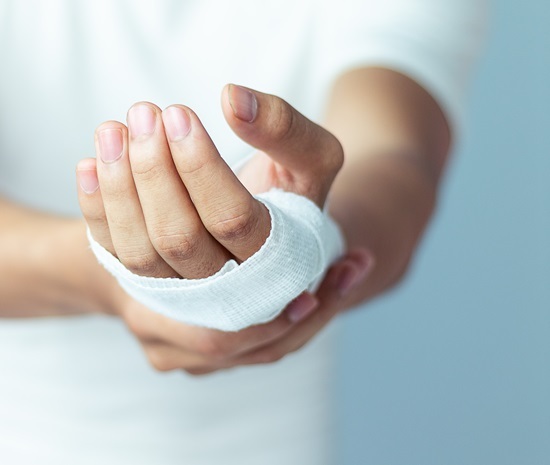
There are no good workplace injuries, but cuts and lacerations can be especially horrifying for many workers. Every cut carries the risk of both short- and long-term loss of functionality. Even a seemingly minor cut can become infected, and more severe occurrences can lead to permanent damage, loss of limbs or appendages, and even death.
If the above seems to be an unreasonably dire assessment of the risk posed by cut and laceration injuries, consider that the U.S. Bureau of Labor Statistics (BLS) reports that there were 106,410 cut, laceration, and puncture injuries in 2015 alone.
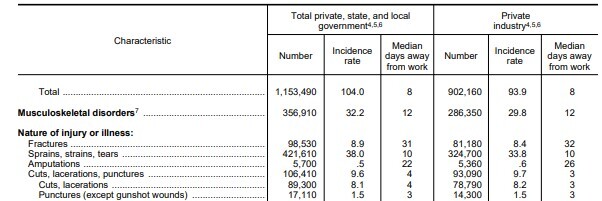
106,410 Cuts, Lacerations, and Puncture Injuries in 2015
Cuts and lacerations represent almost 8% of all occupational injuries and illnesses, with an average of four workdays missed per occurrence. Even more alarming, these types of injuries make up the fourth-highest injury reported. See the BLS pie chart image below for a breakdown of reported injuries.

9% of all injury cases are cuts, lacerations, and punctures.
For the most cut injuries that occur, A2 to A7 cut protection gloves will handle the hazards workers face. However, some occupations require extreme cut protection. Allow us to share with you your options.
Additional A9 Options
![]()
As we highlight below, some industries are, simply put, dangerous. They aren't going to become less risky suddenly, so the only way to reduce the risk of cuts and lacerations is to adequately protect employees with the highest rated personal protective equipment (PPE).
The American National Standards Institute (ANSI) has created a 9-point scale that represents cut resistance. The higher the number, the better the cut resistance.
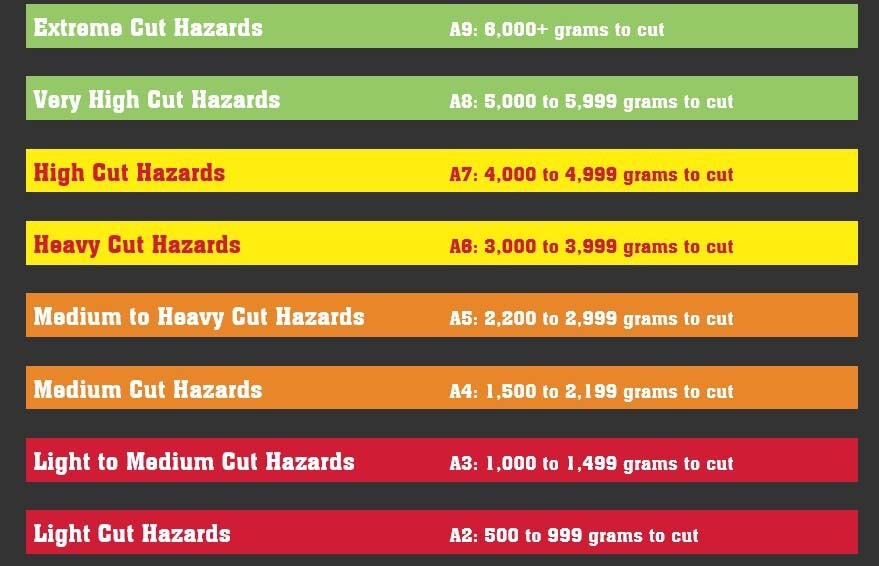
MCR Safety is an industry leader in PPE and offers several ANSI A9-rated products to provide extreme cut protection, even in the most dangerous industries.
- A9 Cut Resistant Gloves - MCR Safety offers several A9-rated gloves, including the PD46312, PD4900, 1717A, 92735N, and the 9381. All of our gloves combine the best cut protection possible with maximum comfort and superior dexterity. If you want your workers to actually wear their gloves, instead of leaving them in the locker room, we have glove options that meet your needs.
92735N
(Achieves the highest level Cut and Puncture resistant ANSI scores.)
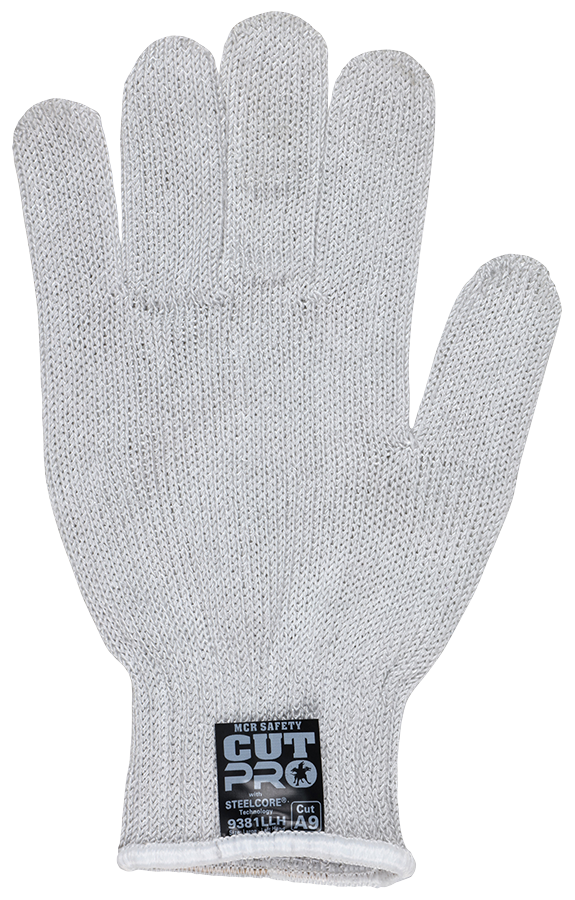
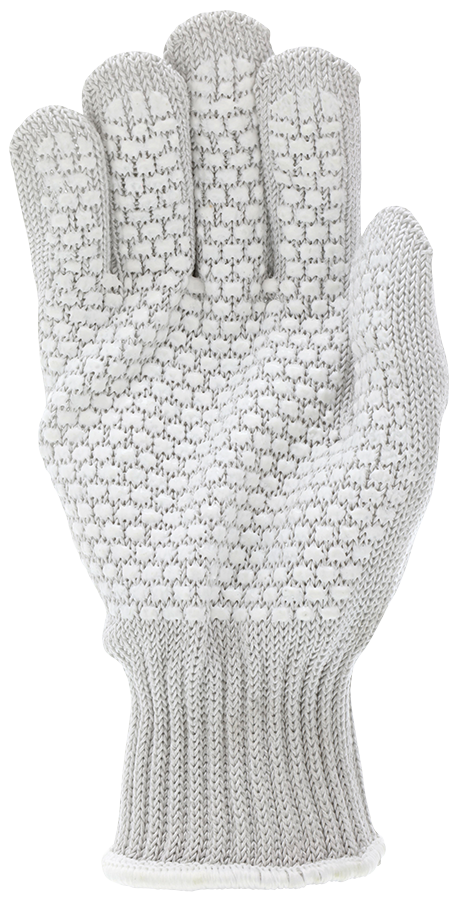
9381 - A top seller in the food industry
Industries Requiring A9 Extreme Cut Protection
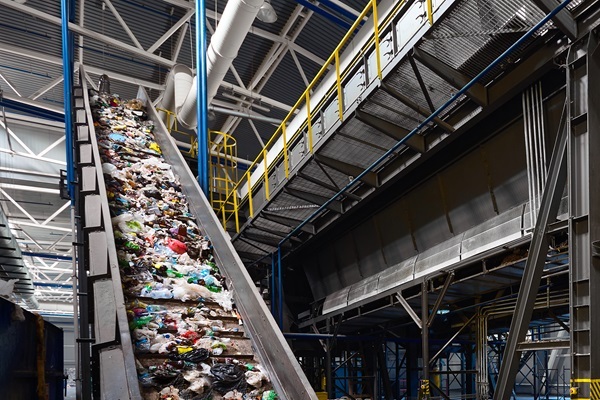
Some industries definitely pose a high risk of cuts and lacerations for workers but do not necessarily report a high number of injuries. Why? Because these hazardous industries already understand the importance of work-safety practices and have proactively fitted their workers with extreme cut protection.
- Correctional Facilities – Correctional Officers working in these facilities face many threats from creative prisoners who fashion their own weapons. It’s well-documented that COs won’t wear protective gear that’s uncomfortable or reduces their mobility - pretty much like anyone else in any industry - so prisons have invested in providing these officers the best protection technology can produce.
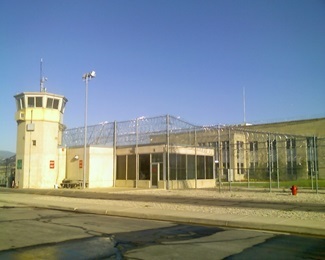
Correctional Facility
- Lumber Industry – This is another high-threat field. From loggers to sawmills to carpenters, working with wood means sharp blades and jagged splinters.

Lumber Logs
- Pulp and Paper – Pulp and paper manufacturing is hazardous due to the massive weights and rolling and sliding pulpwood loads. Workers face serious injury when mounting attachments and removing workpieces from production equipment.
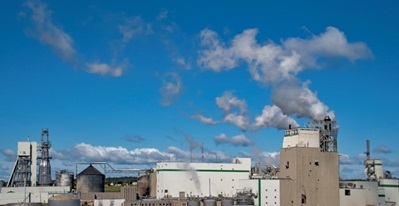
Pulp and Paper Factory
- Recycling and Waste Management – Almost 10% of cuts and lacerations - 8,720 in 2015 - occur in local government. This might seem strange at first, until you remember that city and county governments are usually responsible for trash and recycling collection. According to one study, garbage collection is the third most dangerous job in America, behind fishing and timber works.
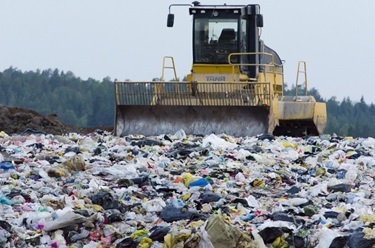
Waste Management
We've only highlighted industries where A9 cut-resistant gloves are an absolute requirement for many. Sharp wire, dangerous blades, jagged material, and exposed glass are found across various sectors. In many cases, where cut hazards pose a significant concern for individual workers, A9 cut-resistant gloves are needed. Otherwise, cut injuries will most likely continue.
Here are some others:
- Construction - Over 18% of all hand injuries are from cuts and lacerations. Construction workers come into constant contact with rough, sharp, and jagged surfaces.
- Manufacturing: metal is used all across manufacturing facilities. The 2nd highest number of cut injuries occur within the manufacturing industry.
- Mining: workers who are handling material, installing machinery and maintenance work, gripping wire and cables, and changing metal screens are at risk of cut injuries
- Oil and Gas: Cuts and Lacerations make up 7 percent of all oil and gas injury claims.
- Utilities: substation work and framing poles
Occupations Requiring the Best Protection
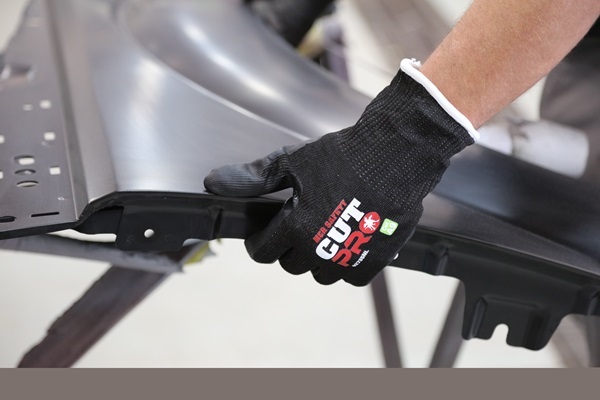
The above industries are places where you will definitely find extreme cut protection worn. Here are the top occupations from those industries that absolutely need to be on the lookout for the best cut protection offered:
- Correctional Officers and Jailers – guard inmates in penal or rehabilitation institutions. Searching prisoners for contraband and settling disputes definitely requires the best cut protection.

Law Enforcement is an occupation that needs cut protection, extreme protection in many cases.
- Food Preparation Workers – take the #1 spot on the top 20 most dangerous occupations list shown above. They prepare cold foods and grind and slice meats. This occupation uses manual or electric appliances with sharp blades to clean and trim foods.
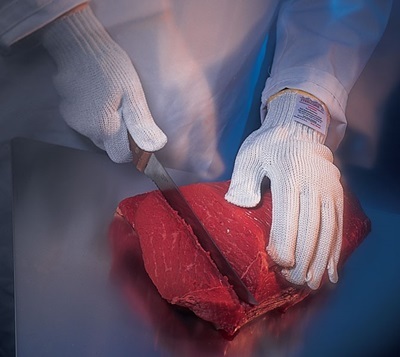
Slicing meat requires the best cut protection.
- Paper Goods Machine Operators – operate machines that convert paper sheets into products. Installing attachments to machines for cutting requires excellent cut and puncture protection.

Pulp and paper is one of the oldest industries, but also one of the most dangerous.
- Refuse and Recyclable Material Collectors – collect and dump recyclable materials. Injury rates for these workers are five to seven times higher than the average worker, with most injuries occurring as lacerations.
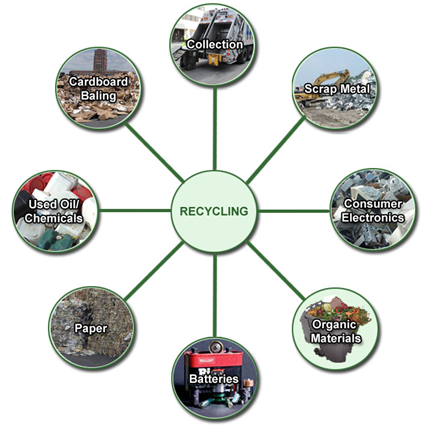
Recycled materials pose direct hazards to workers.
As with our industry section, we've only identified the occupations where A9 cut-resistant gloves are a definite need. There are many other occupations where cut-resistance is a concern. We identify the top 20 occupations with the highest number of cut laceration and puncture injuries on our cut protection page. Here are five others that sustain an increased number of cut injuries:
- Sheet Metal Workers - ranked #2 for cut injuries, 86.5 cut injuries per 10,000 workers
- Installers - ranked #3 for cut injuries, 56.8 cut injuries per 10,000 workers
- Construction laborers - ranked #5, 53.4 cut injuries per 10,000 workers
- Automotive Technicians and Mechanics - ranked #8, 34 cut injuries per 10,000 workers
- Maintenance and Repair - ranked #9, 31.6 cut injuries per 10,000 workers
MCR Safety Cut Protection Page
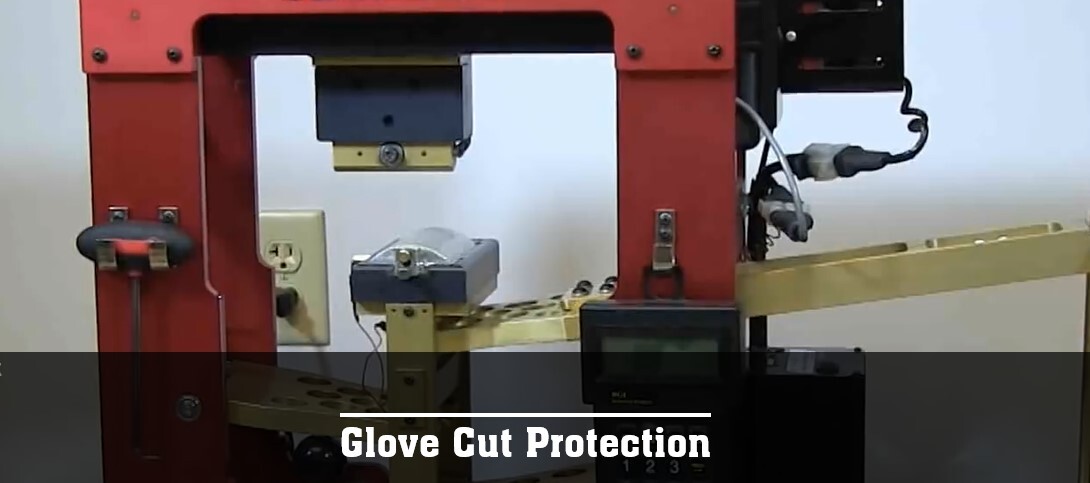
Keep in mind, not every worker needs A9 cut protection, but almost every worker would benefit from at least some level of cut protection. MCR Safety has a full line of A2- to A9-rated gloves designed to provide the safety your workers need to keep your company moving forward. For more information about extreme A9 cut protection and how MCR Safety is advancing the PPE industry, visit our Cut-Resistant Gloves Catalog Page and Cut Protection page.
We welcome any comments, feedback, or suggestions for how we can best protect people at work.
For over 45 years, MCR Safety has proven to be a world leader in gloves, glasses, and garments. Whether it’s on the shop floor, an oil rig, or a construction site, we are there providing solutions to workplace hazards. It’s all part of our commitment to protect people.
No matter your industry, we have the personal protective equipment you need.
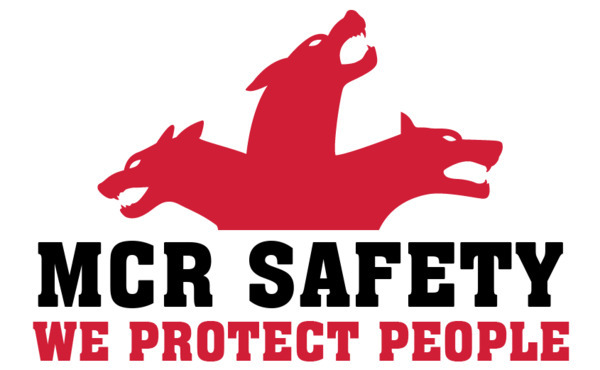
Learn more about MCR Safety by checking out our most recent video. For more information, browse our website, find a distributor, or give us a call at 800-955-6887.


